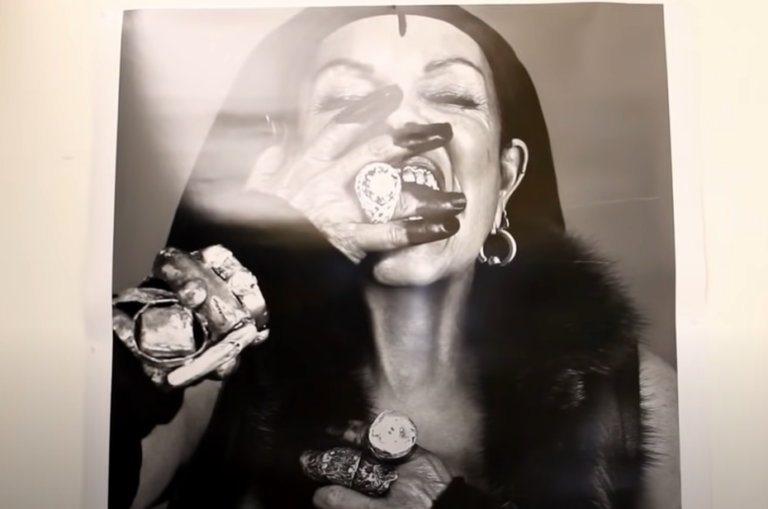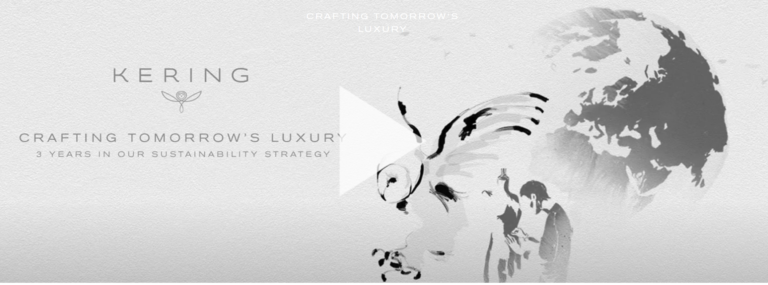What Exactly Is Ready-To-Wear Fashion?
Ready-to-wear fashion refers to clothing and pieces in the fashion industry that are designed to be ready to be purchased off the rack without tailoring. Ready-to-wear can range from hats, to bags, to shoes, to dresses, that are designed and produced in standard sizes and sold in finished condition.
Ready-To-Wear fashion came as a means to an end as the world’s population was growing and the Industrial Revolution took place. This meant less people were needed to produce more clothes and it was easier to create fashionable clothing accessible and convenient for a broad audience.
This category includes a wide variety of styles and qualities, from high-end designer labels to more affordable mass-market brands, catering to diverse tastes and budgets. Ready-to-wear has revolutionized the fashion industry by democratizing access to fashion, allowing more people to enjoy contemporary styles without the need for custom tailoring.
Key takeaways
- Ready-to-wear fashion provides standardized, factory-made clothing for wide accessibility.
- It offers a balance of style, quality, and affordability.
- The industry is evolving with a focus on sustainability and technology.
The beginnings of Ready-To-Wear Fashion
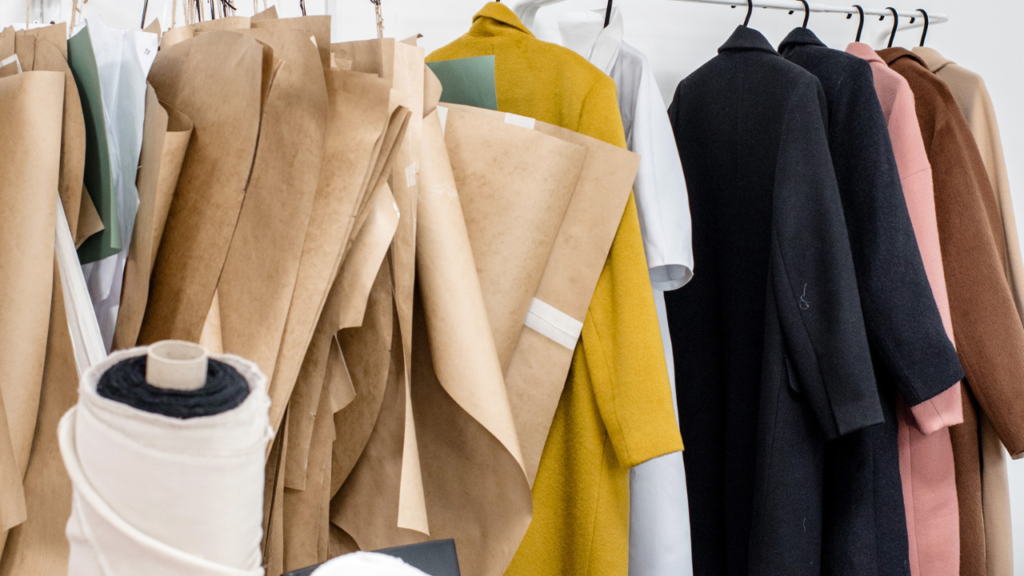
A Brief History
The journey of ready-to-wear fashion (known as prêt-à-porter in French) is a fascinating tale of transformation and adaptation. Originally, the fashion world was dominated by bespoke tailored clothing, from London, to Paris, we did not have capability to produce ready-to-wear clothing.
Before the 1800s and in the 19th century many gentlemen were tailors for coats, pants, vests, this was especially prevalent in London where English style and British cloth were considered internationally stylish.
This era was characterized by garments handcrafted for individuals, for poorer folk, they often resorted to 2nd hand clothing or made their own clothes at home, which again would be tailored to fit themselves.
However, it was during the 19th century that machinery ushered in a revolutionary change with the advent of the sewing machine and the rise of industrialization. These developments paved the way for mass production of clothing, marking the birth of ready-to-wear fashion.
Key Milestones
The first significant step towards ready-to-wear was the standardization of sizes during the early 20th century, which was crucial for mass production.
This standardization allowed clothes to be made in bulk and sold to a broader audience. Another pivotal moment was the post-World War II era, where there was a surge in demand for affordable and fashionable clothing.
It was also during the war of 1812, that the US government began mass producing military uniforms which remains one of the first ready-to-wear garments in history. Over time, Ready-to-wear fashion has grown to encompass a wide range of styles, catering to diverse tastes and budgets.
Influence of Technological Advancements In Material
When synthetic fibres were produced, and design software advanced over the years it streamlined the production process and quality of ready-to-wear garments.
In recent years, the rise of e-commerce and digitalization has further transformed the industry, bringing out the term fast fashion, clothes that consumers find trendy one season, and throw out the next. What originally began to solve a problem, became a problem which is something the world is actively trying to solve.
Sustainability has become a big topic in the ready-to-wear fashion industry and whilst still important. Many people have begun to appreciate a minimalistic fashion sense to reduce the need for fashion to constantly change and respond to consumer trends.
Characteristics of Ready-to-Wear Fashion
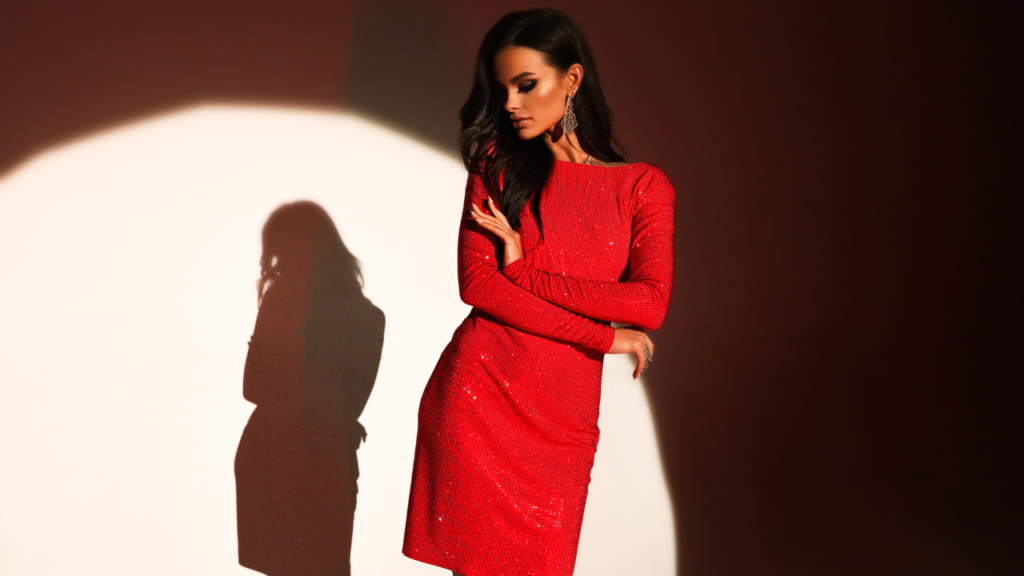
Standardization of Sizes and Fits
One of the defining features of Ready-to-wear fashion is the standardization of sizes. Unlike bespoke tailoring, Ready-to-wear clothes are made in a range of predetermined sizes to fit a wide array of body types. This approach simplifies the shopping experience for consumers and enables manufacturers to produce clothing on a large scale efficiently.
Balance Between Quality and Mass Production
Striking a balance between quality and mass production is a critical aspect of Ready-to-wear fashion. While the goal is to produce clothing en masse, it is equally important to maintain a certain level of quality and durability. Brands often navigate this balance by choosing materials and production methods that offer the best compromise between cost and quality.
Role of Fashion Designers
Fashion designers play a crucial role in the Ready-to-wear industry. They are responsible for creating collections that are not only aesthetically pleasing but also practical and marketable. Designers in the Ready-to-wear sector often work within certain constraints, such as budget and material availability, to create collections that appeal to a broad audience.
Seasonal Collections
Ready-to-wear fashion is typically presented in seasonal collections, namely Spring/Summer and Fall/Winter. These collections reflect the latest trends and are designed to be worn during specific times of the year. This cyclical nature ensures that Ready-to-wear fashion remains dynamic and constantly evolving.
The Impact of Ready-to-Wear on the Fashion Industry

Accessibility
The advent of Ready-to-wear has significantly democratized fashion. By making stylish and affordable clothing widely available, Ready-to-wear has broken down the barriers that once reserved fashion for the elite. This accessibility has not only expanded the customer base but has also fostered a more inclusive fashion culture.
This in turn has created a larger market for Haute Couture as more eyes fixate on the brands that inspire ready-to-wear collections and begin fashion trends. The public that buy luxury brand ready-to-wear collections often also watch these luxury brand’s haute couture shows to get a sense of who they are buying from and to gain a emotional connection to the clothes they buy.
Economic Significance
Ready-to-wear fashion represents a substantial segment of the global economy. It encompasses a vast network of designers, manufacturers, retailers, and marketers. The industry not only contributes significantly to global GDP but also provides employment to millions worldwide. The economic impact of Ready-to-wear fashion extends beyond sales, influencing areas like advertising, media, and even technology.
Ready-to-wear and Fast Fashion
The relationship between Ready-to-wear and fast fashion is complex. Fast fashion, characterized by rapid production of inexpensive, trend-driven clothing, is often seen as a subset of Ready-to-wear. While fast fashion has made style more accessible, it has also raised concerns about sustainability and ethical practices. The Ready-to-wear industry continually grapples with these challenges, seeking to balance consumer demand with responsible production.
Ethical Considerations
Sustainability and ethical labor practices have become increasingly important in the Ready-to-wear industry. Consumers are more aware of the environmental impact and the working conditions under which clothes are produced. As a result, many Ready-to-wear brands are adopting more sustainable practices, such as using eco-friendly materials and ensuring fair labor conditions in their supply chains. This shift not only reflects a moral responsibility but also responds to the growing demand for ethically produced fashion.
Leading Brands and Designers in Ready-to-Wear Fashion
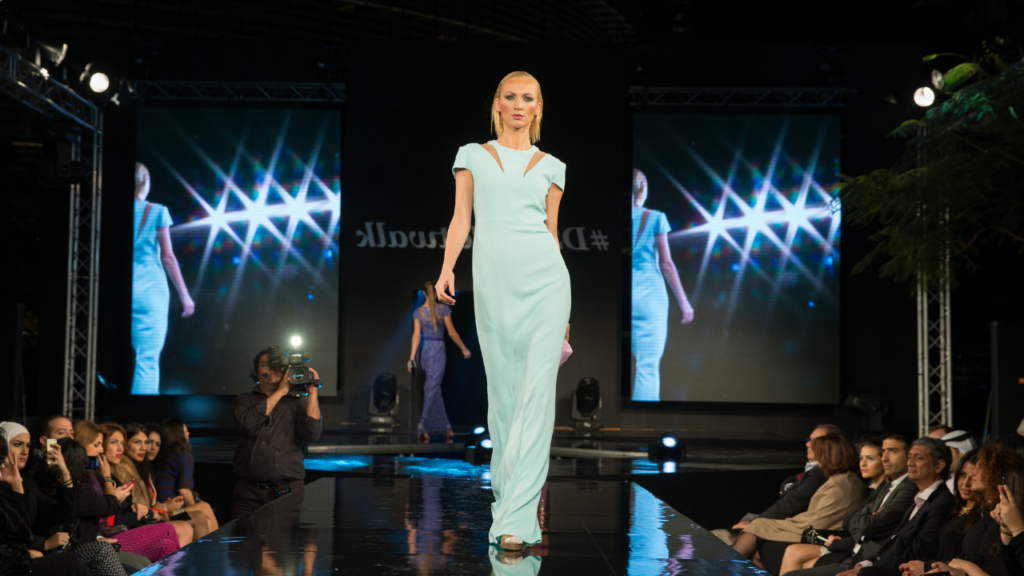
In the mid 20th century, as fashion designers received recognition for their abilities, many haute couture designers such as Coco Chanel, Christian Dior and Yves Saint Laurent embraced ready-to-wear and started creating collections for them. Their ready-to-wear collections inspired many other designers to do so as well.
An important feature of fashion is that only some brands can be recognized as Haute Couture, which led to designers hopping onto the train of ready-to-wear in the hopes of becoming recognized as a good designer as well.
At the same time, more affordable brands such as Zara and H&M only have ready to wear clothing. They often follow haute couture fashion trends and styling it into their own more affordable styles to make fashion accessible to a wide audience.
A key challenge for Ready-to-wear designers is to balance creativity with commercial viability. Designers like Marc Jacobs, Stella McCartney, and Virgil Abloh have successfully navigated this path, offering collections that are both innovative and market-friendly. They manage to infuse their artistic vision into garments that appeal to a broad customer base, ensuring that their creations are not just admired on the runways but also worn by people in their everyday lives.
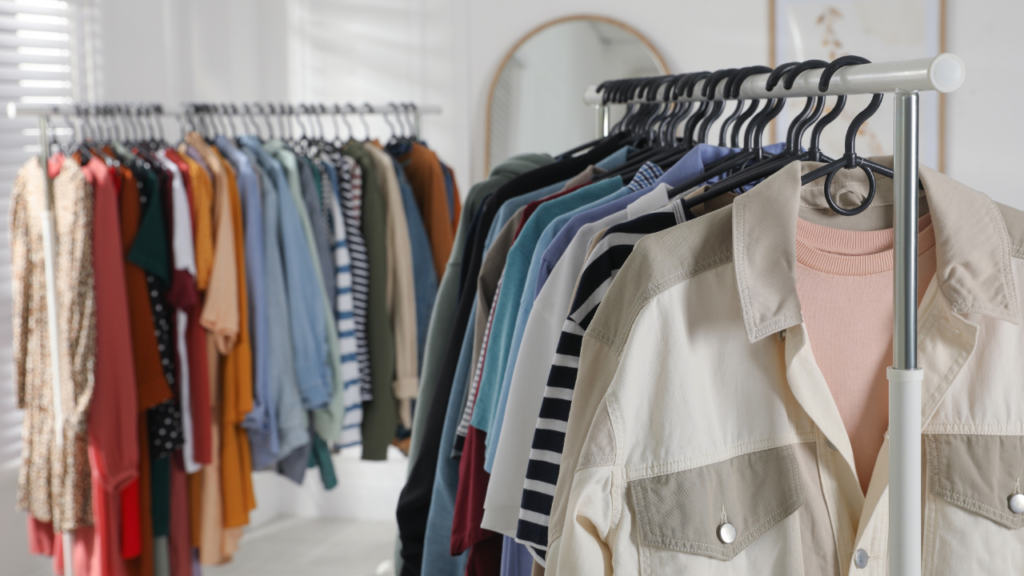
Changing Consumer Preferences
The preferences of consumers in the Ready-to-wear market are continually evolving. In recent years, there has been a noticeable shift towards more sustainable and ethically produced clothing, driven by a growing awareness of environmental issues and social responsibility. Consumers are also seeking greater personalization and uniqueness in their clothing, leading to a rise in custom-made Ready-to-wear options and limited-edition collections.
Influence of Social Media and Digital Marketing
Social media and digital marketing have revolutionized the way Ready-to-wear fashion is consumed and marketed. Platforms like Instagram, Pinterest, and TikTok have become pivotal in shaping fashion trends and consumer behavior.
Brands leverage these platforms not only to showcase their collections but also to engage directly with their audience, gather feedback, and build a community around their products. Influencer collaborations and digital campaigns have become crucial components of the Ready-to-wear marketing strategy.
Forecasting Future Trends: What’s Next for Ready-to-wear?
Looking ahead, the Ready-to-wear industry is poised for further evolution. Technological advancements such as 3D printing and AI-driven design are set to revolutionize production processes, enabling even greater customization and efficiency. Sustainability will continue to be a key focus, with brands exploring new eco-friendly materials and production methods.
Additionally, the blending of physical and digital retail experiences, through innovations like virtual try-ons and augmented reality, is expected to enhance the shopping experience for consumers. The future of Ready-to-wear fashion is dynamic and exciting, with endless possibilities for innovation and growth.
Conclusion
Ready-to-wear fashion represents a significant and accessible segment of the fashion industry, offering a diverse range of styles and sizes to suit various tastes and budgets. Its evolution has democratized fashion, allowing more people to enjoy contemporary styles with ease. As the industry continues to evolve, it embraces new trends and technologies, making fashion not only more accessible but also more responsive to the changing needs and values of consumers.
FAQs
How does ready-to-wear differ from haute couture?
Unlike haute couture, which is custom-made for each individual, ready-to-wear is mass-produced in standard sizes.
Can ready-to-wear fashion be affordable and stylish?
Yes, ready-to-wear fashion ranges from affordable high-street brands to luxury designer labels, offering both style and variety.
Are ready-to-wear clothes available in different styles?
Absolutely, ready-to-wear fashion encompasses a wide array of styles, catering to diverse fashion preferences.

